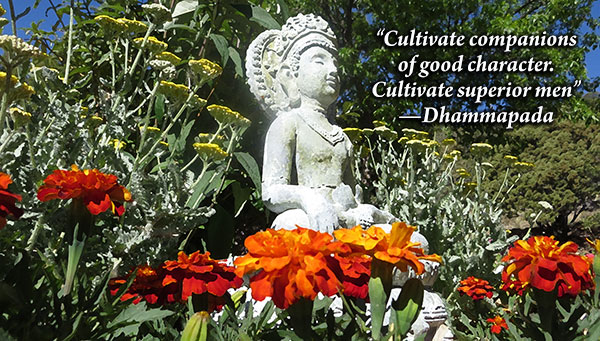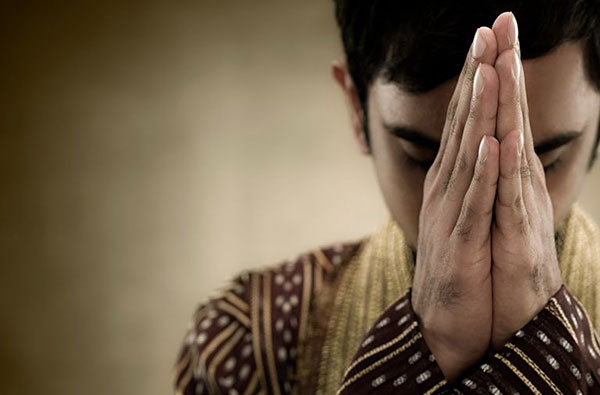
Q: With regard to the particular means of thinking of God: are you advocating the traditional forms of cultivating our relationship with God through perceiving the Divine as Mother, Father, Child, Lover or even a Transpersonal Tao?
No. Such an approach is totally egocentric: “I want a Mother, Father, etc.” This is most crassly expressed by the oft-cited statement: I don’t want to be sugar, I want to eat it.” God is not an object of our gratification or delectation.
It is not a matter of what we merely want or like, but what we need. And that is a single thing: knowledge of our Self (jivatman) and the Supreme Self (Paramatman). God is the Self of our Self and can only be approached in that way. These other ways of viewing God do not even begin to do the needful.
I am very aware of this since I wasted time with them before I gained real knowledge of Sanatana Dharma and Yoga. Nevertheless they have their place for those who do not have clear understanding. A person has to start somewhere. That is why Krishna said:
“At the end of many births the wise man takes refuge in me. He knows: All is Vasudeva. How very rare is that great soul. Those whose knowledge has been stolen away by various desires resort to other gods, following various religious practices, impelled thus by their own natures. Whoever wishes to worship whatever form with faith, on him I bestow immovable faith. He who, endowed with this faith, desires to propitiate that form, receives from it his desires because their fulfillment has been decreed by me. But temporary is the fruit for those of small understanding. To the gods go the worshippers of the gods. Those who worship me come unto me: (7:19-23).
Can this be expanded upon by what comes most naturally or arises most organically within each individual given our psychological disposition to find the essence of our lives?
No. That, too, is purely of the ego.
Should we commit to one form or can this evolve as our perception transforms?
Certainly it will change as the seeker changes. But will he attain enlightenment thereby? Playing with dolls does not really prepare a little girl to be a mother. Nor does playing with concepts of God that are imaginary and ultimately unreal prepare us for atmajnana and Brahmajnana.


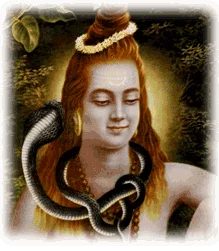
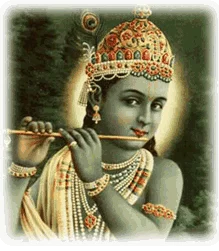

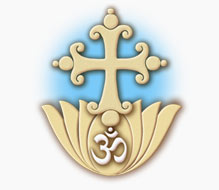

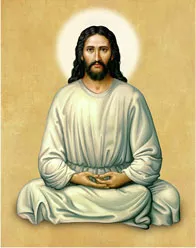
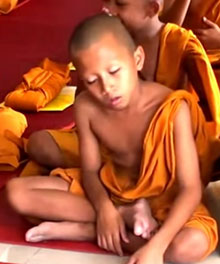 To an Indian Christian friend who asked about experiencing blankness and spontaneous bodily movements in meditation.
To an Indian Christian friend who asked about experiencing blankness and spontaneous bodily movements in meditation.